Disclosure: This article contains affiliate links. We may earn a commission from purchases at no extra cost to you, which helps our travel content.
The moment my plane began its descent over the Marshall Islands, I knew this wasn't going to be like any of my previous diving expeditions. A necklace of turquoise atolls scattered across the deep blue Pacific came into view, with Majuro—the capital—stretched out like a slender emerald ribbon surrounded by the most impossibly clear waters I've ever seen. After years of exploring Mediterranean depths and Southeast Asian dive sites, I'd finally made my way to what many advanced divers consider the last frontier of truly untouched underwater ecosystems. What followed was a week of luxury accommodations paired with raw adventure beneath the waves—an investment in experiences that would yield returns far beyond any financial portfolio I've ever managed.
Why Majuro Should Be on Every Advanced Diver's Bucket List
I've logged dives across 32 countries, but nothing prepared me for the pristine isolation of Majuro. Unlike the increasingly crowded dive sites of Thailand or the Mediterranean, Majuro's underwater landscape remains gloriously untouched. The Marshall Islands' remote location in the central Pacific has shielded these waters from mass tourism, creating a rare opportunity for advanced divers to experience coral ecosystems in their most natural state.
Majuro's position at the convergence of major ocean currents has fostered incredible biodiversity—over 1,000 species of fish and 250 types of coral create underwater gardens that seem almost otherworldly in their vibrance. The visibility routinely exceeds 100 feet, with water temperatures hovering around a comfortable 82-84°F (28-29°C) during winter months, making it ideal for extended exploration.
What truly sets Majuro apart is the absence of crowds. During my entire week, I never shared a dive site with another group—an unimaginable luxury for those accustomed to the popular sites of Southeast Asia or the Caribbean. Each descent felt like a private expedition into an undiscovered world, where eagle rays, reef sharks, and occasionally the majestic manta ray would grace us with their presence, seemingly as curious about us as we were about them.
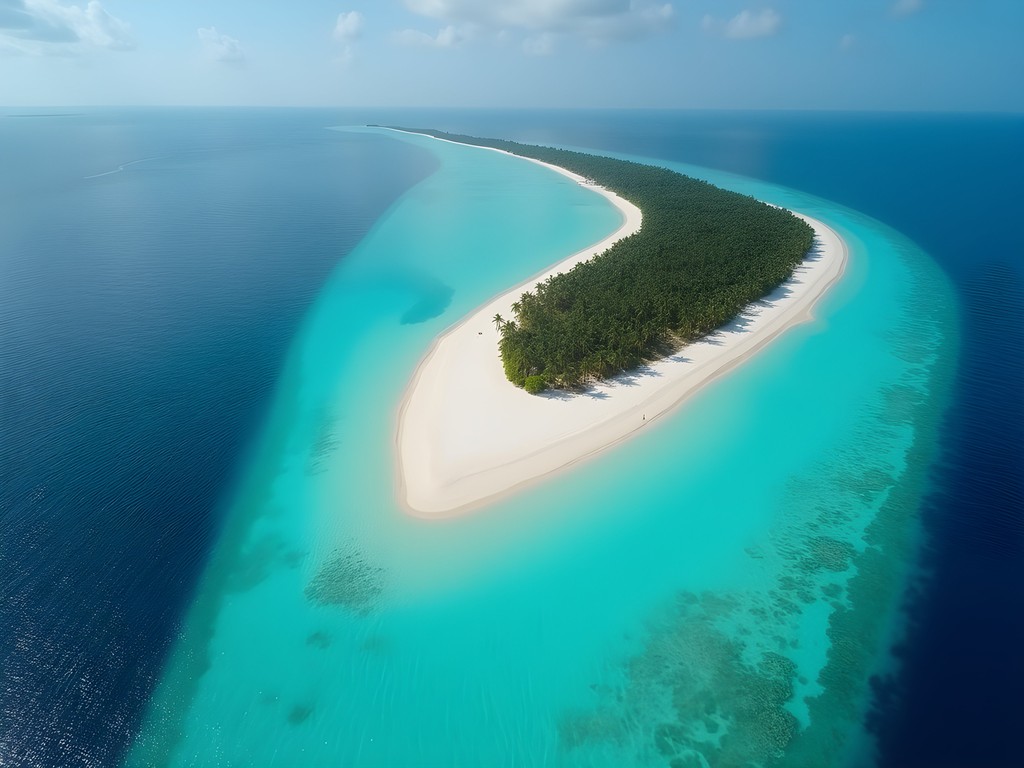
💡 Pro Tips
- Book your dives at least 3-4 months in advance as the limited operators fill quickly during peak winter season
- Pack reef-safe sunscreen as it's nearly impossible to find locally
- Bring a surface marker buoy—the currents can sometimes be unpredictable
Luxury Accommodations: Your Base for Underwater Exploration
While Majuro isn't known for conventional luxury resorts, I discovered that true luxury here comes in different forms—namely privacy, exclusivity, and unparalleled access to natural wonders. After careful research, I settled on the Marshall Islands Resort, the premier accommodation on the atoll. While modest by Maldivian standards, their oceanfront suites offer direct water access and panoramic views that rival any five-star property I've experienced.
For those seeking ultimate exclusivity, I highly recommend booking one of the private overwater bungalows that opened just last year. These secluded retreats feature glass floor panels to observe marine life directly from your bedroom and private decks for nighttime stargazing. The property's restaurant sources ingredients from local fishermen and their small organic garden—the fresh sashimi platters became my nightly ritual after long days of diving.
Perhaps the most valuable luxury is the resort's partnership with the only PADI 5-Star dive operation in Majuro. Having your dive boat dock directly at your accommodation means maximizing your underwater time rather than spending precious hours on transfers.
One essential piece of gear that proved invaluable was my underwater camera. The crystal clear waters and abundant marine life create photography opportunities that are simply too spectacular to miss. While rental equipment is available, having my own setup allowed me to capture professional-quality images of the pristine reefs and historic wrecks.
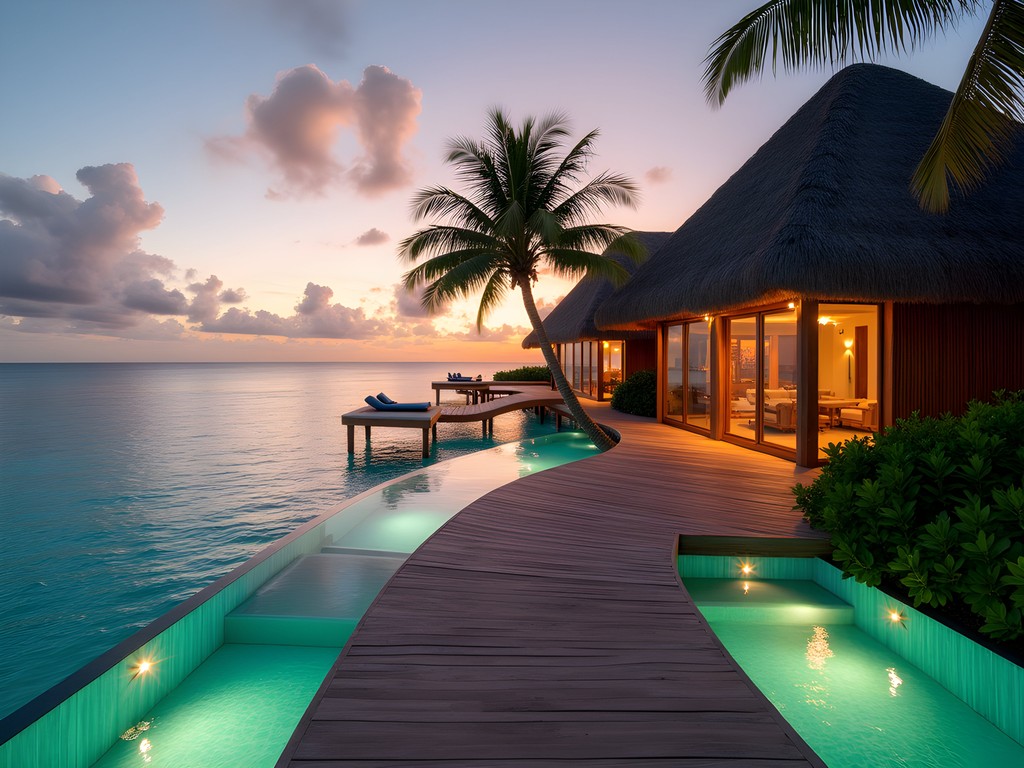
💡 Pro Tips
- Request Room 12 or 14 for the best sunset views and easiest access to the dive center
- Pre-arrange airport transfers through your accommodation as taxis are limited
- Pack a portable water filter as bottled water is expensive and creates unnecessary waste
The Forgotten WWII Wrecks of Majuro Lagoon
While most divers come to Majuro for its vibrant reefs, the historic wrecks scattered throughout the lagoon offer an entirely different but equally compelling underwater experience. As someone with a deep appreciation for architectural preservation, I found these submerged time capsules particularly fascinating—they're essentially underwater museums documenting a pivotal moment in Pacific history.
The Marshall Islands witnessed intense fighting during World War II, and Majuro Lagoon contains several remarkably well-preserved Japanese vessels. The most impressive is the Kabilik Maru, a 400-foot transport ship sitting upright in 120 feet of water. After 75+ years underwater, nature has transformed this wartime vessel into an artificial reef teeming with life—schools of jacks circle the crow's nest while lionfish hover near the cargo holds.
Diving these wrecks requires advanced certification and experience with deep dives. The currents can be challenging, and penetration dives should only be attempted with proper training and equipment. I partnered with Majuro Dive Center, whose guides possess encyclopedic knowledge of these wrecks and their historical significance.
For wreck diving, proper equipment is non-negotiable. My dive computer proved essential for monitoring depth, time, and decompression requirements during these more technical dives. The ability to track multiple gas mixes was particularly valuable when exploring the deeper sections of these historic vessels.
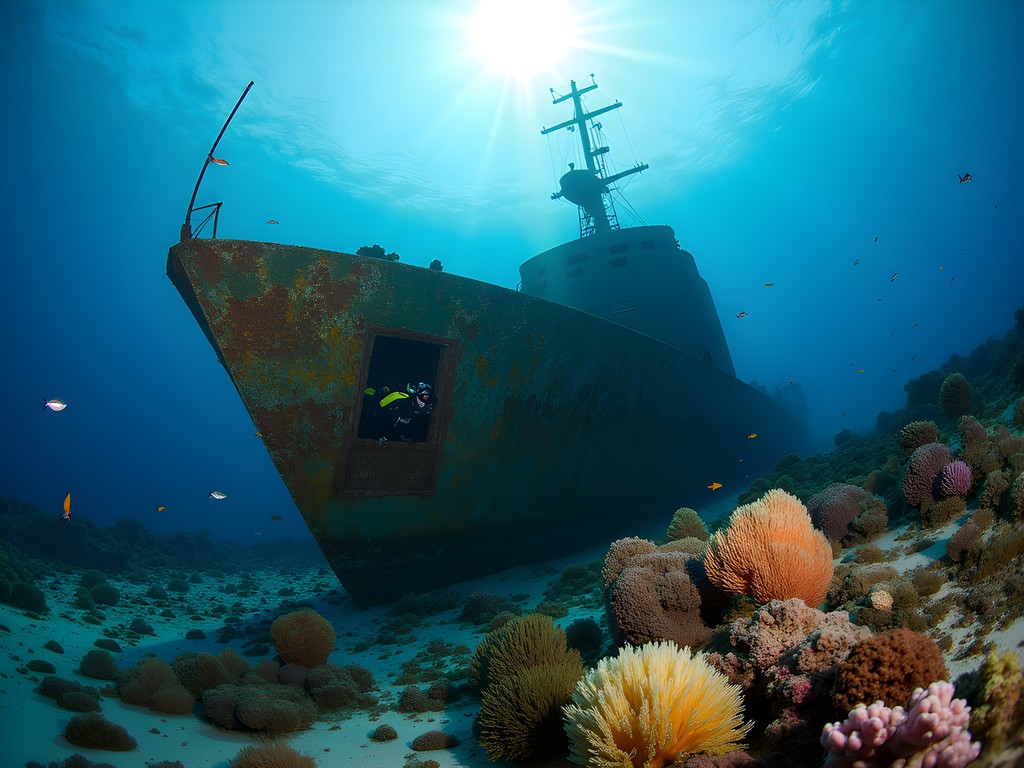
💡 Pro Tips
- Bring a good underwater torch even for daytime wreck dives—the interior spaces can be extremely dark
- Consider taking a specialized wreck diving course before your trip if you're interested in penetration dives
- Ask your guide about the specific history of each wreck—the stories add meaningful context to the experience
The Vibrant Coral Gardens of the Outer Reef
While Majuro's wrecks captivate with their historical significance, it's the pristine coral gardens of the outer reef that truly showcase the Marshall Islands' underwater splendor. As someone who has witnessed the tragic bleaching of Mediterranean and Caribbean reefs firsthand, I was moved to tears during my first dive at Calalin Drop-off—a vertical wall where intact table corals stretch six feet across and brain corals the size of compact cars suggest centuries of undisturbed growth.
The outer reef dives typically begin with a thrilling drift along sheer walls that plunge thousands of feet into the Pacific abyss. The currents bring nutrient-rich waters that support spectacular marine biodiversity. On a single dive at Calalin, I encountered three reef shark species, a pod of spinner dolphins, and more butterflyfish varieties than I could count.
For photographers, the kaleidoscopic coral gardens present both opportunity and challenge. The vibrant colors and abundant marine life are a dream subject, but capturing their true essence requires proper equipment. My underwater lighting system was essential for bringing out the true colors that otherwise appear blue-washed at depth. The investment in quality lighting makes an enormous difference in underwater photography, particularly when documenting these increasingly rare healthy reef systems.
The most memorable dive came unexpectedly at a site called The Aquarium. As we hovered over a pristine coral garden, our guide motioned frantically toward the blue water beyond the reef edge. Emerging from the depths, a group of ten manta rays performed what appeared to be an elaborate ballet—spinning, swooping, and feeding in perfect choreography. We maintained our distance, floating motionless as privileged observers to one of nature's most spectacular performances.
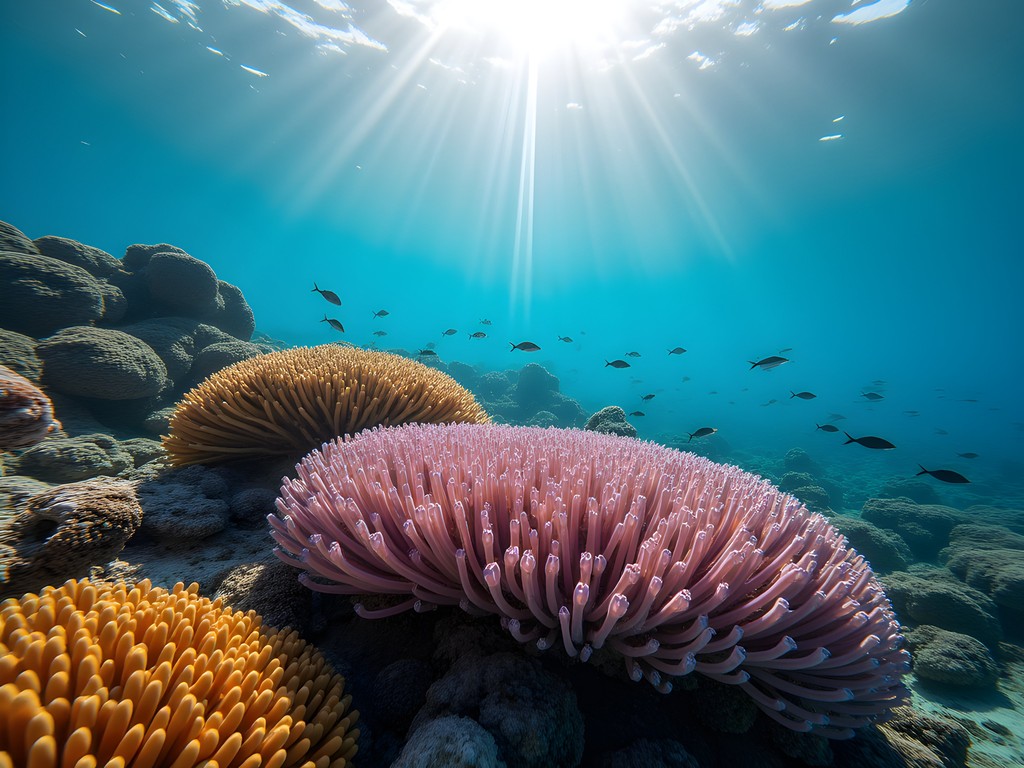
💡 Pro Tips
- Choose morning dives for the best lighting conditions on the reef
- Consider nitrox certification before your trip to extend your bottom time safely
- Bring reef hooks for drift dives—they allow you to anchor safely without damaging coral during strong currents
Sustainable Tourism and Cultural Connection
As an investor focused on sustainable tourism ventures, I was particularly interested in how Majuro balances ecological preservation with economic development. The reality is both encouraging and concerning. The Marshall Islands face existential threats from climate change and rising sea levels, yet tourism remains underdeveloped despite its potential for sustainable income generation.
During surface intervals between dives, I made it a priority to connect with local Marshallese communities. In Laura Village, I met with women who craft intricate jewelry from sustainably harvested shells and coconut fibers. Their traditional designs tell stories of navigation and ocean stewardship that stretch back generations. Purchasing directly from these artisans ensures tourism dollars reach local families rather than being extracted by outside interests.
The most meaningful cultural experience came through participating in a traditional outrigger canoe sailing lesson. These remarkable vessels have navigated Pacific waters for millennia using sophisticated techniques passed down through oral tradition. My instructor, Master Navigator Alson Kelen, shared how celestial navigation methods are being revitalized among younger generations—a powerful example of cultural preservation in action.
For travelers interested in deeper cultural immersion, I recommend bringing a thoughtful field guide to provide context for your interactions. Understanding the complex colonial history and ongoing challenges faced by the Marshallese people transforms the visitor experience from simple consumption to meaningful exchange.
Every luxury traveler visiting Majuro should recognize their responsibility to support rather than extract. Choose operators who employ local guides, dine at locally-owned restaurants, and consider contributing to climate resilience initiatives that are fighting to preserve these islands for future generations.
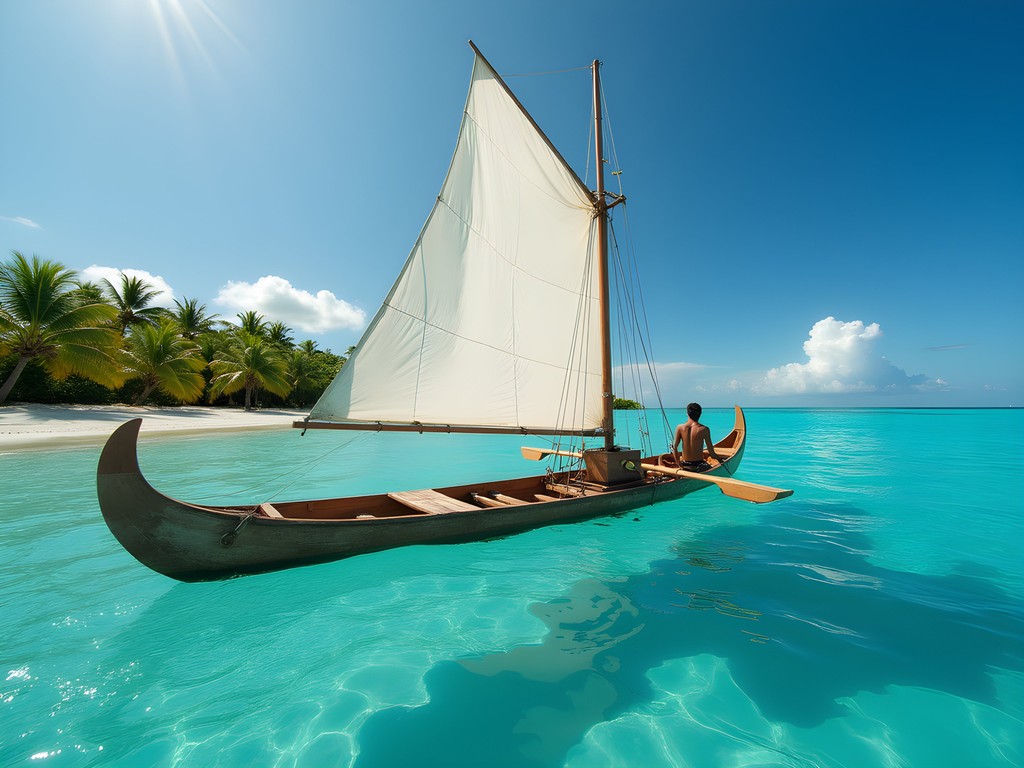
💡 Pro Tips
- Visit the Alele Museum to understand Marshallese history and traditional navigation techniques
- Ask permission before photographing local people or cultural practices
- Support the Marshall Islands Conservation Society through direct donations—they're doing critical work with limited resources
Final Thoughts
As my seaplane lifted off from Majuro's lagoon, I pressed my face against the window to capture one last aerial view of this remarkable atoll—a slender green crescent embracing waters of impossible blue. In a world where 'undiscovered paradise' has become marketing hyperbole, Majuro remains the rare destination that exceeds such promises. For advanced divers seeking both underwater splendor and cultural authenticity, these remote islands offer treasures far beyond the mainstream luxury circuit. The Marshall Islands have given me memories that will sustain me until I inevitably return—of mantas dancing in cobalt depths, of ancient navigation wisdom shared over fresh coconuts, and of coral gardens that remind us what healthy oceans once looked like everywhere. If you're prepared for the journey, Majuro will reward you with underwater experiences that grow increasingly precious in our changing world.
✨ Key Takeaways
- Majuro offers world-class diving with virtually no crowds—a true luxury in today's overtourism climate
- Winter (December-April) provides optimal conditions with 100+ feet visibility and comfortable water temperatures
- Advanced certification and previous drift/deep diving experience are essential for safely enjoying Majuro's best sites
- Supporting local businesses and conservation initiatives is critical for preserving both the culture and ecosystem of the Marshall Islands
📋 Practical Information
Best Time to Visit
December through April (winter)
Budget Estimate
$5,000-$7,000 per person for a week including accommodations, diving, and flights
Recommended Duration
7-10 days minimum
Difficulty Level
Challenging




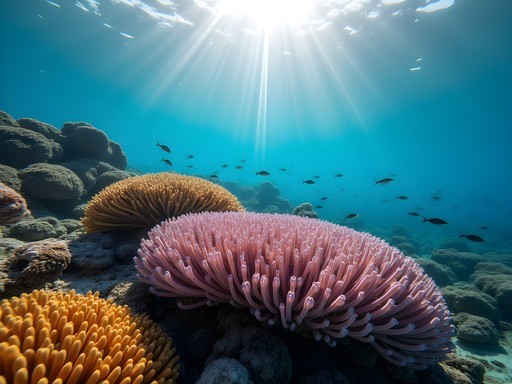
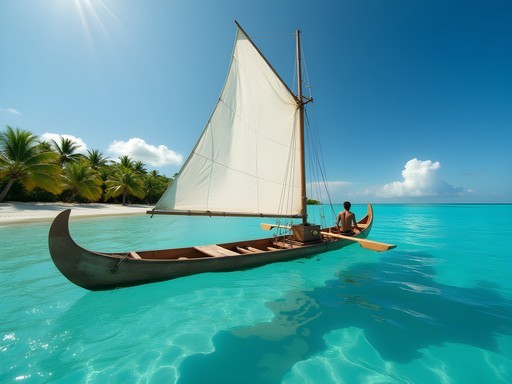




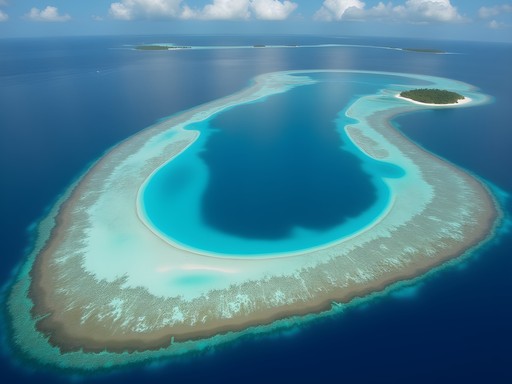





Comments
Bryce Diaz
Claire, your description of the descent into Majuro took me right back to my first trip to Micronesia years ago! There's something magical about those atolls from above. I've been to Chuuk and Palau but never made it to the Marshalls. The WWII wrecks you described sound less crowded than the more famous sites - which is a huge plus in my book. I'm curious about the logistics though - how many days would you recommend to properly explore both the wrecks and reefs? I'm thinking of combining it with a trip to Kosrae. Also, I found my dive light essential for wreck penetration in the Pacific - the beam cuts through that particulate matter that can get stirred up inside.
DiveAddict94
Bryce - I did the Majuro/Kosrae combo last year! Highly recommend at least 5 days on each island. The inter-island flights only run certain days of the week so plan accordingly!
Bryce Diaz
Thanks for the tip! How was getting between islands? Did you use Air Marshall Islands or another carrier?
DiveAddict94
Used United Island Hopper - more reliable than AMI. Just be prepared for schedule changes!
CoralCrazy
Those reef photos are stunning! How's the current situation there? Planning a trip in February.
islandguide
February can be tricky. Outer reefs get strong currents but inside the lagoon is perfect for most levels. Bring a reef hook!
tripmate
Just got back from Majuro last month and can confirm everything in this post! The coral gardens are seriously next level - healthiest reefs I've seen in years. We spotted three reef sharks during one dive alone. The WWII wrecks were incredible too, though definitely for experienced divers as Claire mentioned. The currents can be tricky but so worth it for the visibility and marine life. Did you check out the northern part of the atoll too?
Bryce Diaz
How was the visibility when you were there? I'm planning a trip for November and wondering if that's still a good time for diving conditions. Did you stay at the same resort Claire mentioned?
tripmate
Visibility was incredible - easily 30+ meters most days! November should be great, it's right after the rainy season ends. We actually stayed at the Marshall Islands Resort which was more mid-range but still had a good dive center. Bring your own mask and computer though - their rental gear is limited.
Gregory Boyd
Claire, your post brings back fantastic memories of my trip to Majuro last year. The coral diversity there is truly remarkable compared to more trafficked destinations. I'd add that divers should absolutely book with Captain Sam's dive operation if possible - his knowledge of the lagoon currents is unmatched. For those planning a trip, the best months are April-June when visibility can reach 30+ meters. I documented some of the less-known WWII artifacts near Laura Beach that aren't on typical dive itineraries. One practical tip: bring your own dive computer as rental equipment can be limited. The Marshall Islands might require more logistics planning than Palau or Chuuk, but the untouched nature of the sites makes it all worthwhile.
DivePassport
Captain Sam is a legend! His stories about the islands during WWII are worth the trip alone.
Gregory Boyd
Absolutely! And he knows exactly where to find those elusive mandarin fish at dusk.
islandguide
Finally someone writing about Majuro's diving! Such an underrated spot. The Prinz Eugen wreck is insane.
Gregory Boyd
Couldn't agree more! I was there last year and the visibility around the wrecks was incredible. Did you explore the outer reef systems too?
islandguide
Yeah, the northern passes were amazing. Hammerheads in April!
starmate
That shot of the blue-spotted stingray against the coral backdrop is magazine-worthy! What camera setup were you using underwater?
Claire Hawkins
Thanks so much! I use an Olympus TG-6 with the underwater housing and two external strobes. Nothing too fancy but perfect for travel. The visibility there makes photography so much easier!
summerbackpacker
How's the accommodation situation in Majuro? Anything affordable for a solo traveler who's there mainly for diving?
Claire Hawkins
Hi there! While I stayed at the Marshall Islands Resort (which was lovely but not cheap), there are some guesthouses in town like the Robert Reimers Hotel that are more budget-friendly. Some dive operators also offer package deals with accommodation. The Hotel Reimers has basic but clean rooms starting around $100/night with AC, which is essential in that climate!
escapeperson1828
Just booked my trip after reading this!!! SO EXCITED!!! Any recommendations for local foods I absolutely must try while there?
Claire Hawkins
That's fantastic! Definitely try the coconut rice balls (mokwan), fresh tuna poke, and pandanus fruit if it's in season. The Marshall Islands Resort has a great Thursday night buffet with local specialties!
Adam Nichols
Excellent write-up on Majuro, Claire. Having dived extensively throughout Micronesia, I can confirm Majuro remains one of the least commercialized diving destinations in the Pacific. The biodiversity around the outer reefs is particularly noteworthy - I documented 137 distinct fish species during my two-week stay last year. For serious underwater photographers, I'd recommend bringing a wide angle lens to capture those expansive reef landscapes. The lagoon visibility can be variable (5-25m) depending on tidal conditions, but the outer reef consistently offers 30m+ visibility except during the December-February rainy season. One tip: book with Marshall Islands Dive Adventures - they're the only operator with access to certain restricted military wreck sites.
dreammaster
Adam, did you try the night dives? I heard they do blackwater dives there now but wasn't brave enough to try when I visited!
Anonymous
Yes, did three blackwater dives during my stay. Absolutely otherworldly experience - spotted several juvenile pelagic species and bizarre deep-water creatures during their nightly vertical migrations. Not for beginners though - requires precise buoyancy control and comfort with complete darkness. Worth the extra $75 if you're experienced.
summeradventurer
Those coral photos are incredible! Adding to my bucket list immediately!
Venture X
Premium card with 2X miles, $300 travel credit, Priority Pass